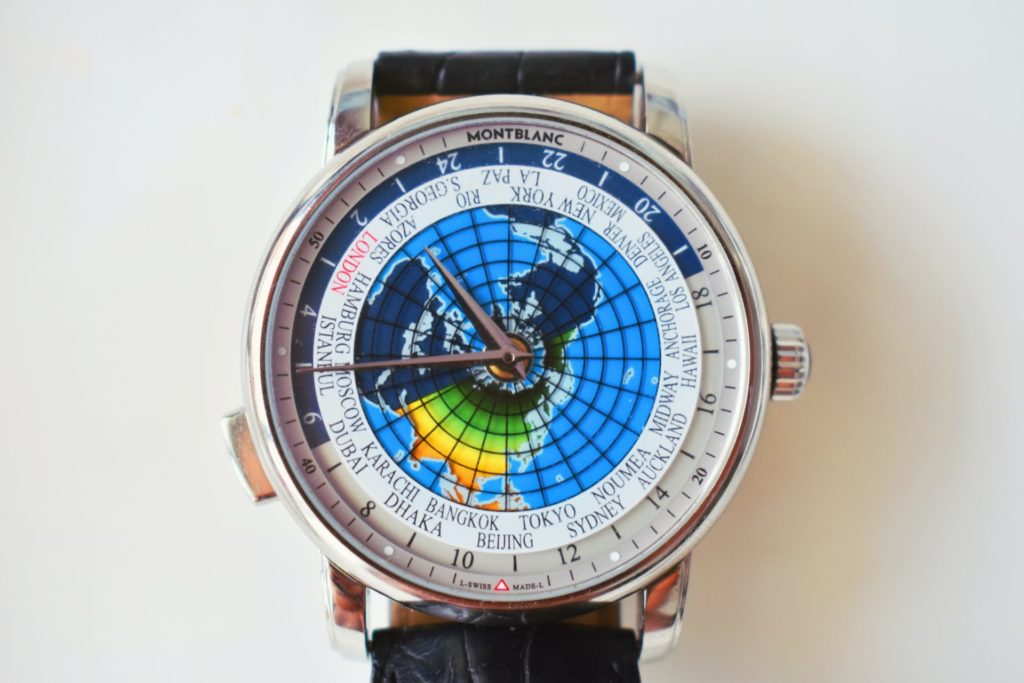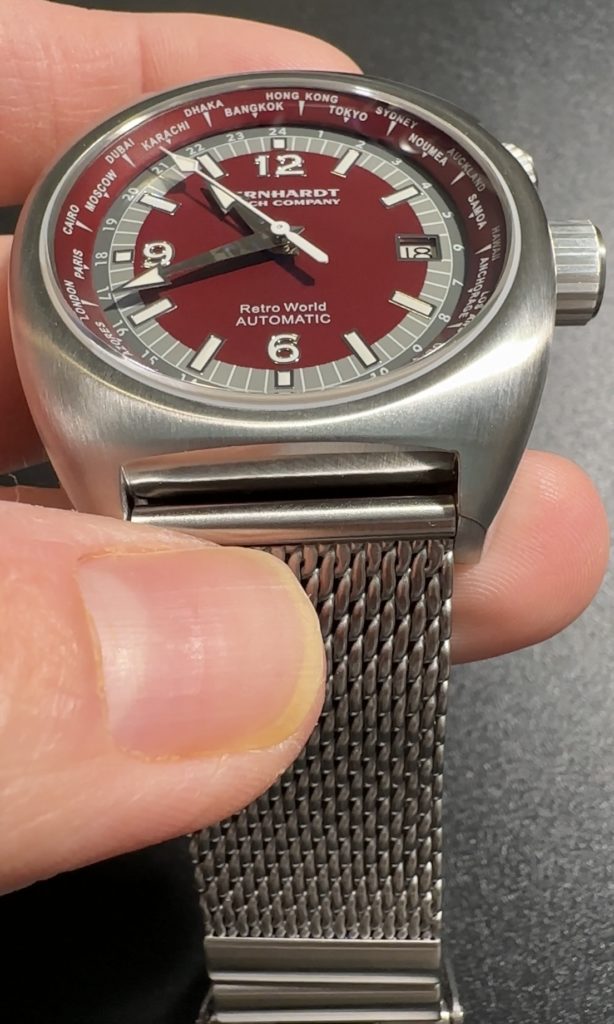What do you do if you need to tell time in multiple time zones simultaneously? Or perhaps a more common question – what if you need to know the time in any given part of the world? Prior to the day of computers, watchmaker Louis Cottier solved that problem with beautiful simplicity. The simplicity was so attractive, in fact, that it lives on as a popular watch design over 75 years later… This invention is the World Timer.

Unlike the GMT – which converts your current time to 1 time zone and needs to be re-set whenever that time zone changes – the World Timer offers an elegant solution to telling time in multiple time zones. To the untrained eye, the World Timer may seem like a confusing bezel / inner dial combination. But to those who know how to use it – the World Timer is time-telling freedom.
What is a World Timer?

Before we talk about how to use a World Timer, let’s describe what one is. There are 2 basic forms of World Timer, and then a variety ensues from there. The basic forms are those without and those with mechanical complications. The most common World Timer does not include an additional movement or any mechanical tech. Instead, it consists of 1 stationary inner ring (or bezel) designating military time. Surrounding that bezel is a second, moveable bezel that designates 24 major cities around the world. Typically, the moveable bezel will have a corresponding crown or pusher on the watch to adjust the time. The second form of World Timers is usually found on high-end watches, like the IWC Pilot’s Watch Timezoner. The difference is the additional mechanical complication that allows the world dial to be set once and then move along with the normal advancement of time.
Looks Confusing… How Do You Use It?

To use a World Timer (one without additional mechanical complications), the user first needs to determine the current time. After determining the current time, the user simply needs to rotate the moveable bezel until the city that represents their current time aligns with the appropriate military hour on the stationary ring. Once that is set, the user need only look around the outer, world time zone bezel and match the cities up with military time on the inner ring to tell time globally.
Confused? Let’s break down an example so it makes more sense. Let’s say you’re in Dallas, in the U.S. Central time zone, and it’s currently 2 p.m. And let’s say you need to convert your time into the time zones of your international counterparts in London, Hong Kong, and Sydney. First, you would move the World Timer bezel for your city’s time zone (Central is usually Chicago) to match up with the 14 mark on the inner bezel (remember, military time). Now you can quickly glance at the time zones and see that London matches up with the 20 mark (8 p.m), Hong Kong with the 4 mark (4 a.m. the next day), and Sydney with the 6 mark (6 a.m. the next day). That’s all there is to it!
Obviously, if your World Timer does not have added mechanical complications, you would need to reset the world bezel to align with your current time whenever you need to check the current time around the world. Whether you are an international businessman, global logistics coordinator, or just want to stay in step with your family and friends worldwide, the World Timer is exactly what you need. The World Timer is a timeless artistic solution to the science of worldwide time-telling.